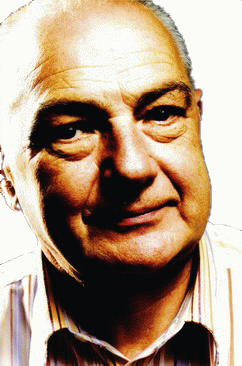|
Fast unendlich Corona-Freizeit und der Wunsch für einem kleinen CW-Dekoder als Zubehör für den FT817 gaben den Ausschlag für dieses kleine Projekt.
Als Ausgangsbasis diente der Arduino-Sketch von Hjalmar Skovholm Hansen OZ1JHM.
Diese Decoder-Variante kommt ohne den Tonauswerter LM576 aus und nutzt den Goerzel Algorithmus für die DFT-Analyse. Dies reicht für diese niederfrequente Anwendung völlig aus.
Um die Performanz zu testen, lies ich sein Programm auf einem Arduino-UNO mit einem LCD-Display laufen. Sauberes CW wurde anstandslos dekodiert, bei individuellen CW-Handschriften hilft eh nur das Gehör. Trotzdem war die Neugier geweckt was man daraus machen kann.
Im Bastelkeller fand ich auch einen Arduino-Micro-pro, ein 1,3 Zoll OLED-Display mit SH1106 Controller und I2C Schnittstelle sowie alles Notwendige an Kleinteilen. Das ganze sollte so kompakt wie möglich werden da der FT817 mit Zubehör immer wieder in den Urlaub mitfliegt.
Die Herausforderung lag darin, die Software von Hjalmar für ein OLED mit I2C-Ansteuerung umzustricken. Das Ergebnis kann sich sehen lassen.
Es kann zwischen zwei Schriftarten umgeschaltet werden, indem beim Einschalten des Dekoders gleichzeitig der Select-Taster betätigt wird.
- 125 Zeichen in 8 Zeilen klappt bis ca. 35 wpm
- 61 Zeichen in 4 Zeilen klappt bis ca. 27 wpm
Wird der Select-Taster während des laufenden Betriebs betätigt, so synchronisiert der Dekoder neu, der Bildschirm wird gelöscht.
|
